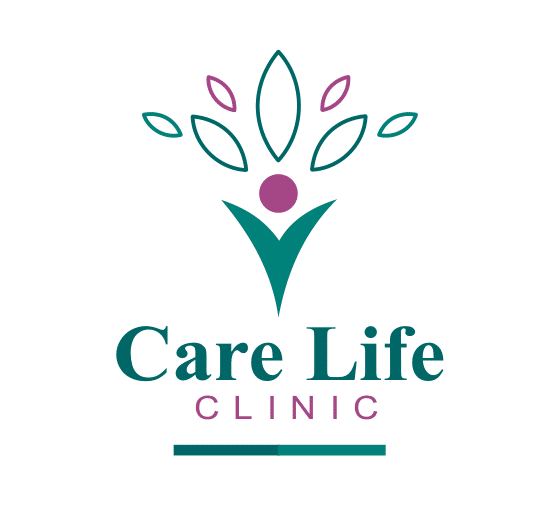Venus Ulcers
What Is a Venous Ulcer?
Venous ulcers are open wounds which occur on the legs or ankles. They often develop when blood is not circulated properly and begins to pool in the veins. This accumulation of blood is caused by venous insufficiency which accounts to over 80 percent of all ulcers.
Venous ulcers can lead to serious medical problems like infection and skin discoloration. This is why it’s important to understand their cause and what you should do if you notice any symptoms.
Venous Leg Ulcer Stages
The formation of a venous leg ulcer happens in four different stages.
- Stage 1 – Skin becomes red and inflamed. This stage often goes undetected because the symptoms look similar to a bug bite, bruise, or mild irritation.
- Stage 2 – The inflamed skin may leak a small amount of fluid. The condition is more likely to be noticed at this stage. Could look like a more severe bruise or reddened, dry/cracked area.
- Stage 3 – The affected area of skin dies. This is the foundation of the ulcer. Wounds will begin to look inflamed and can possibly deeper than before. Sometimes venous ulcers may start to heal and then reopen once again.
- Stage 4 – Wound is visible and apparent. At this stage, the wound may not heal on its own and will need to be kept extremely clean. Your doctor should be aware of your wound and be advising you how to care for your condition. Vein treatment can help treat the underlying issue and lower your risk of recurrence.
The time it will take for your ulcer to progress depends on different factors. The quality of your health and circulation will determine how quickly your ulcer will grow, if at all. Making healthy choices and being more active are some quick ways you can slow down the development of venous ulcers. However, treatment will be required if the ulcer cannot heal on its own.
Underlying venous insufficiency, also known as vein disease, can cause venous ulcers to not heal or recur. Treating the root of the issue can help prevent venous ulcers from developing in the future.
How Are Venous Ulcers Diagnosed?
Venous ulcers are typically red, irritated skin rashes which develop into open wounds.They can be identified by closely observing the appearance of your legs. Some are tender and may produce a small amount of discharge. The beginning stages of venous ulcers are often ignored or misdiagnosed. Cracked, dry, or reddened skin can be some of the first signs of a venous ulcer. Other symptoms that accompany venous ulcers:
- Itchy, dry skin on the legs
- Hardened skin around the ulcer
- Red, purple, or brown color on the skin
- Swelling
- Cracked or dry skin that may open up
Risk Factors
Living a healthy lifestyle can help lower your risk of getting vein disease.
Here are a few common factors that could increase your chances of developing a venous ulcer on your leg.
- A sedentary lifestyle
- Smoking
- Obesity
- High blood pressure
- Diabetes
- Varicose veins
- Pregnancy
- History of blood clots
Why It’s Important to Get Chronic Ulcers Treated
Mild cases of venous leg ulcers can be treated with simple at-home remedies. These methods include:
- Elevate your leg when sitting or lying down
- Clean the wound at least twice a day
- Take antibiotics if the wound is infected
If these methods do not heal your venous ulcers, then you likely will need to seek help from a medical professional. Slow or non-healing venous ulcers are commonly caused by vein disease. Defective Vein valves allowing blood to pool within the legs may lead to inflammation, cracked, dry skin or skin discoloration which can cause open sores. Treatment for vein disease reroutes blood flow to healthy veins. Proper blood flow is crucial for preventing the ulcers from returning. The ulcers should then be able to heal on their own once the root cause has been treated.
If you’re looking for a lasting solution for vein disease or venous ulcers, look no further than Care Life Clinic. We provide highly-effective, non-surgical treatment methods for vein disease and the various symptoms.
